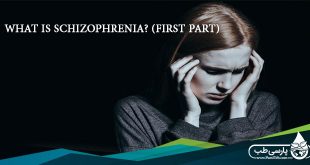How is anorexia diagnosed?
Anorexia nervosa can be a difficult disorder to diagnose since individuals with anorexia often attempt to hide the disorder. Denial and secrecy frequently accompany other symptoms. It is unusual for an individual with anorexia to seek professional help because the individual typically does not accept that she or he has a problem (denial). In many cases, the actual diagnosis is not made until medical complications have developed. The individual is often brought to the attention of a professional by family members only after marked weight loss has occurred. When anorexics finally come to the attention of the health-care professional, they often lack insight into their problem despite being severely malnourished and may be unreliable in terms of providing accurate information. Therefore, it is often necessary to obtain information from parents or other family members in order to evaluate the degree of weight loss and the extent of the disorder. Health professionals will sometimes administer questionnaires for anorexia as part of screening for the disorder.
The actual criteria for anorexia nervosa are found in the American Psychiatric Association’s Diagnostic and Statistical Manual of Mental Disorders, Fourth Edition, Text Revision (DSM-IV-TR).
There are four basic criteria for the diagnosis of anorexia nervosa that are characteristic:
The refusal to maintain body weight at or above the minimally normal weight for age and height. Maintaining a bodyweight of less than 85% of the expected weight.
Intense fear of gaining weight or becoming fat, even though the person is underweight
Self-perception is grossly distorted, excessive emphasis on body weight in self-assessment, and weight loss that is either minimized or not acknowledged completely.
In women who have already begun their menstrual cycle, at least three consecutive periods are missed (amenorrhea), or menstrual periods occur only after a hormone is administered
The DSM-IV-TR further identifies two subtypes of anorexia nervosa. In the binge-eating/purging type, the individual regularly engages in binge eating or purging behavior which involves self-induced vomiting or the misuse of laxatives, diuretics, or enemas during the current episode of anorexia. In the restricting type, the individual severely restricts food intake but does not regularly engage in the behaviors seen in the binge-eating type.
 Parsi Teb Physical and Mental Health Journal
Parsi Teb Physical and Mental Health Journal 



